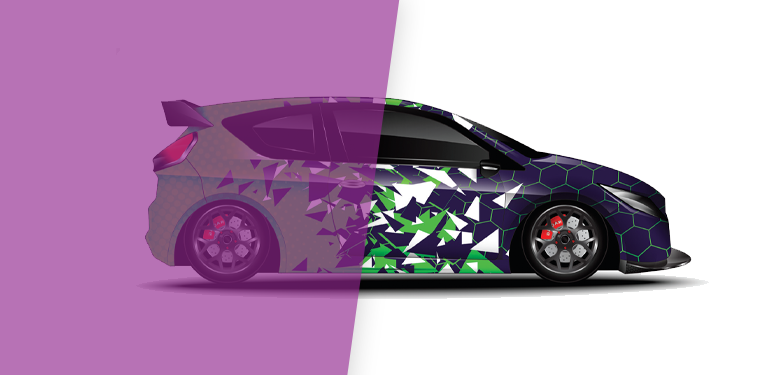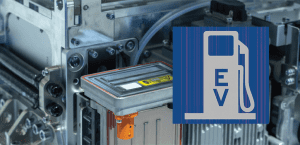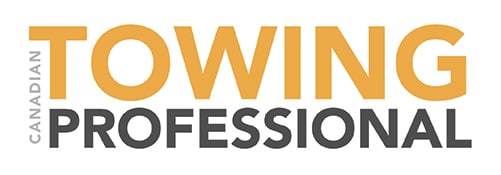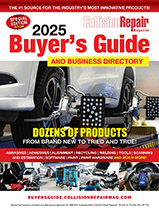FUTURE PROOF YOUR SKILLSET
BY ALLISON ROGERS
The future of collision repair is inexplicably exciting…but I’ll try to frame it out for you in the next 400 words.
It wasn’t so long ago that many collision repair shops relied on what we’d now call archaic technologies. Mere years ago, we were using string to complete ADAS calibrations—and that was the automaker-recommended method. Compare that to today, where advanced sensors, predictive analytics and augmented reality are standard parts of the job and learning how to do the job. Remember, plenty of programs use virtual reality headsets to train welders and painters on muscle memory and movement.
Let’s start with the basics: we all know that the materials used in model-year 2024 cars are starkly different than decades ago. Gone are the days of hammering out dents in heavy steel panels. Now, collision repairers work with lightweight, high-strength materials with traits of carbon fi bre and aluminum, which demand a whole new level of specialized knowledge and techniques.
The rise of electric vehicles is undoubtedly one of the most signifi cant technology shifts facing our industry. As more consumers adopt these eco-friendly alternatives, collision centres will be forced to adapt to new challenges (and opportunities) presented by EVs, should they want to survive the shift. The underlying principles may remain similar, but EVs demand specialization in the handling of high-voltage systems. If you are adept in the repair of these technologies, you are positioning yourself as a leader and securing yourself a stable path for the future. Need we remind you that the Canadian government wants all new vehicle sales to be zero-emissions by 2035? That’s only 11 years away.
How long do you plan to work in the industry? Autonomous vehicle systems are yet another emerging technology. Self-driving cars may seem daunting—and it can be, when you consider how sophisticated the systems that drive them are. Those systems, despite their somewhat scary complexity, present a wealth of opportunities to the industry—and to you, should you choose to take on the task and learn how to operate in this new collision repair environment. Mastering how to repair the intricate programming and methods behind modern vehicles will soon be a valuable skill that ranks all-star technicians at the top of the field. You are presented with the chance to dive deep into the cutting-edge technology that is shaping the future of our industry.
One of the most lucrative opportunities presented by the technological shift is the “cool factor” that can be used to attract and retain new talent. Plenty of the technologies mentioned in this article are still considered to be emerging—meaning there’s plenty of time for collision centres, technicians, painters and even apprentices to consider the opportunities facing them and position themselves as a leader in the space.
So, we at Bodyworx Professional encourage you to set aside any fears or hesitations about the industry’s technological revolution. Instead, lean in and become a champion of these advancements. The more you can demonstrate your mastery of the latest tools and techniques, the more you’ll be able to attract the best and brightest, whether that be in your pursuit of the perfect workplace or your hunt for the future-friendly technician.
The future is today. Prepare accordingly
























